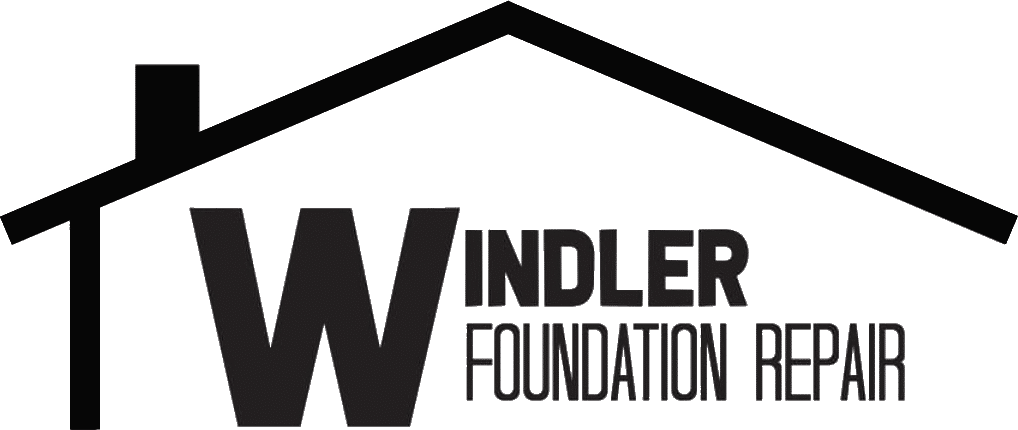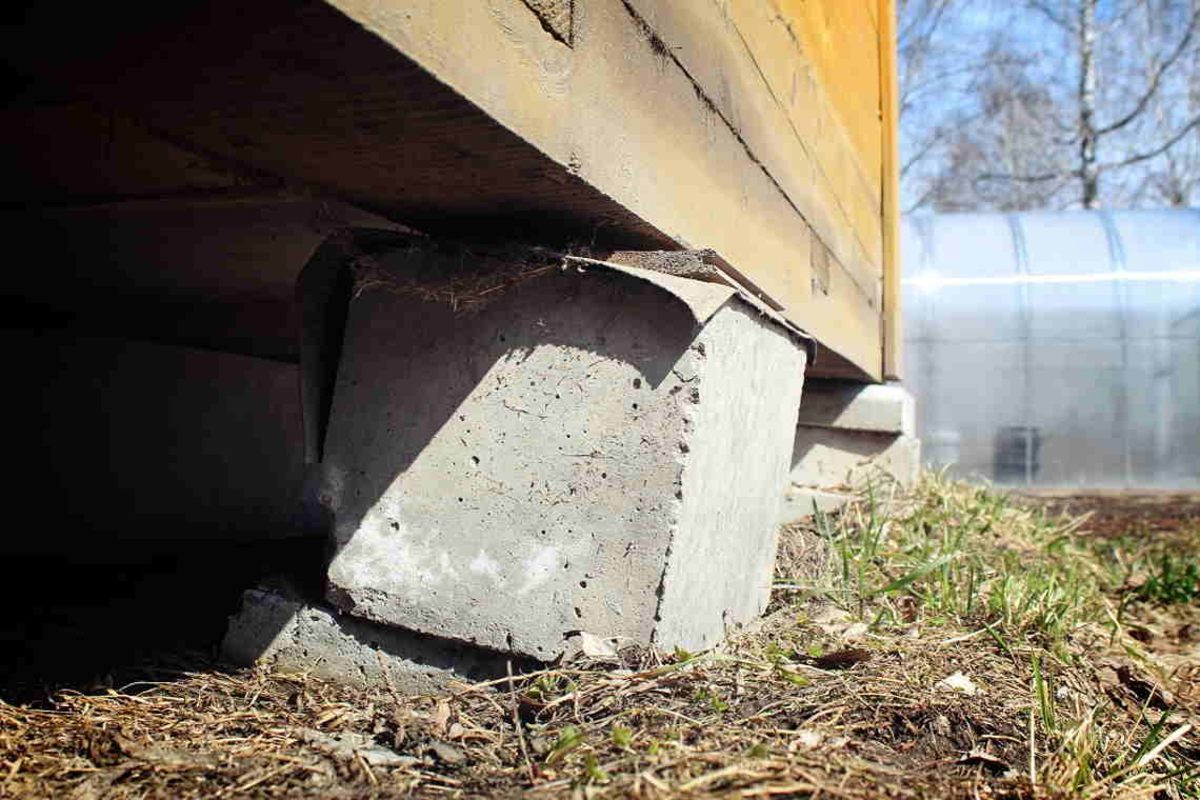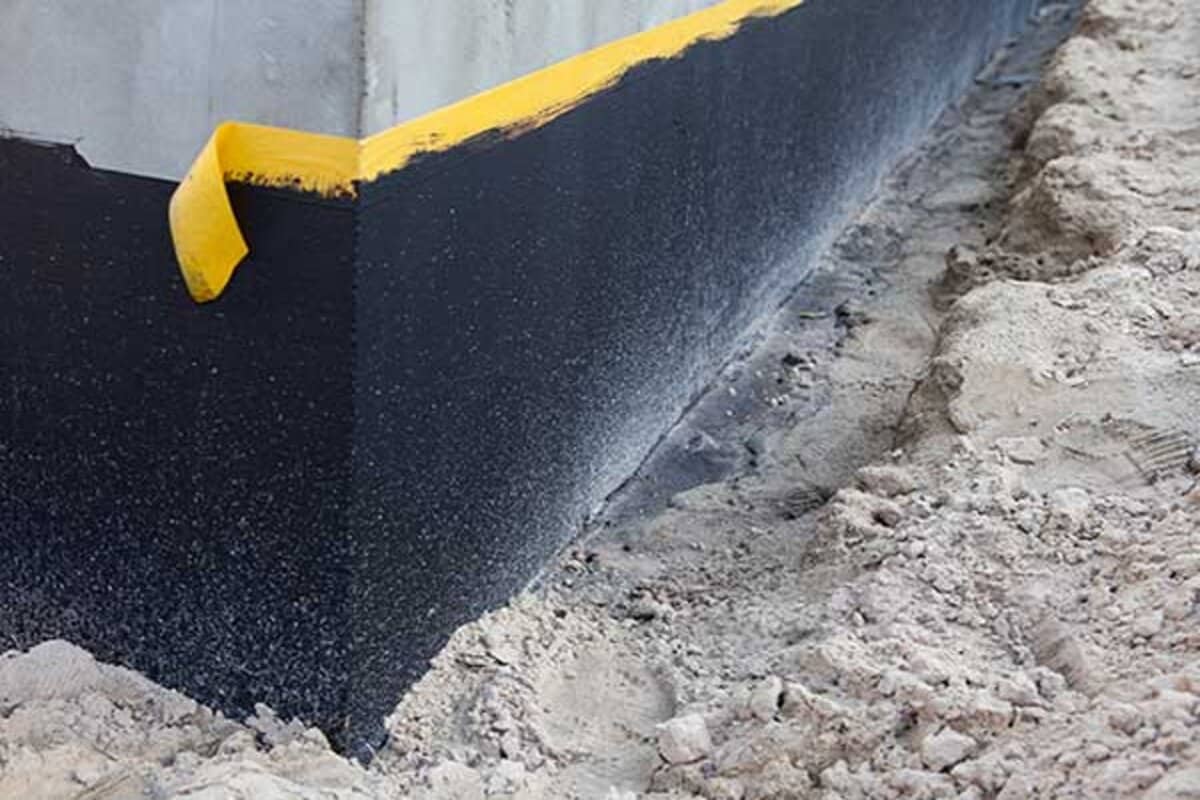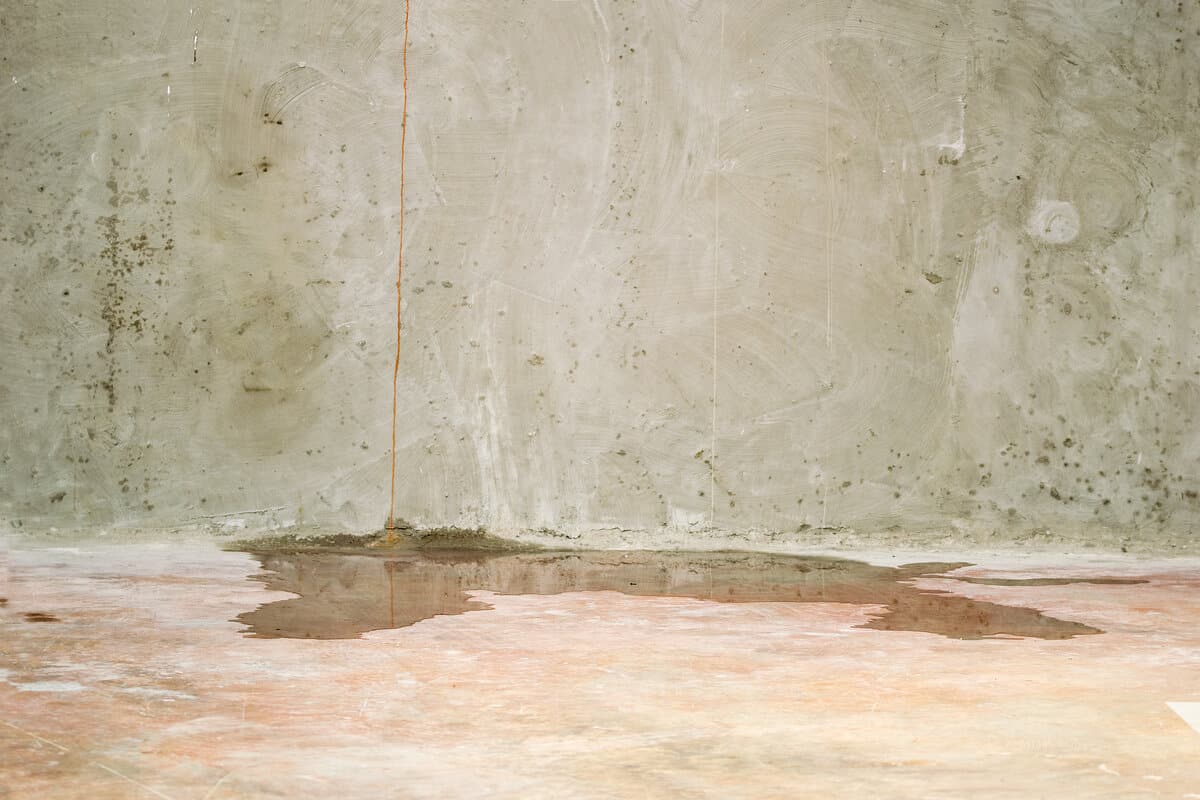Water might seem harmless, but when it collects around your home, it can cause serious trouble. As contractors, we’ve responded to more calls than we can count that all trace back to the same issue: poor drainage. Many of the most common foundation problems start quietly, hidden beneath the surface, until visible cracks or structural shifts finally get your attention.
In this post, we’ll explain the most common issues poor drainage can cause and what you can do to protect your foundation before things get worse.
Why Poor Drainage is a Serious Threat to Your Foundation
When water isn’t properly directed away from your home, it begins to collect around the foundation. Over time, this moisture weakens the soil, increases hydrostatic pressure, and leads to unwanted movement or deterioration. This process is gradual, which is why many homeowners don’t notice the damage until it’s advanced.
5 Common Foundation Problems Caused by Poor Drainage
1. Foundation Cracks
Cracks in the foundation walls or floor are a major red flag. They often appear when water saturates the soil and causes it to expand. Then, as the soil dries, it contracts. This cycle puts stress on the foundation, eventually leading to fractures.
What to Look For:
- Horizontal or stair-step cracks in concrete walls
- Hairline cracks in the slab
- Cracks wider than 1/8 of an inch
What You Can Do:
- Ensure gutters are clean and downspouts are extended at least 5 feet from the foundation
- Grade your yard to slope away from the house
2. Settling or Sinking Foundation
When excess water washes away or softens the soil supporting your foundation, parts of the home can begin to sink. This is known as foundation settlement and can cause uneven floors, stuck doors, or misaligned windows.
Key Indicators:
- Floors that slope or feel uneven underfoot
- Gaps between walls and ceilings, or floors
- Windows and doors that suddenly stick or won’t latch
Preventive Measures:
- Install a French drain or surface drainage system to redirect surface water
- Check and maintain your sump pump system if you have one
3. Bowing or Leaning Basement Walls
Hydrostatic pressure builds when water accumulates in the soil next to your basement walls. If that pressure isn’t relieved, it can push against the walls and cause them to bow inward or lean.
Signs to Watch:
- Basement walls that appear curved or bowed
- Horizontal cracks along basement walls
- Water seeping through the wall joints
Solutions:
- Install a proper exterior drainage system
- Add wall anchors or bracing systems if structural damage is found
4. Water Intrusion in the Basement or Crawl Space
Persistent moisture from poor drainage can enter through cracks, joints, or porous concrete, creating mold, mildew, and wood rot.
Symptoms Include:
- A damp, musty smell in the basement
- Visible water stains or puddles
- Increased humidity or condensation
How to Fix It:
- Apply waterproof sealants on interior walls
- Consider installing an interior drainage channel and sump pump system
5. Soil Erosion Around the Foundation
If you notice bare spots or exposed footing around your home, erosion is likely occurring. This is often caused by downspouts that discharge too close to the structure or heavy rainfall without proper runoff control.
What It Leads To:
- Loss of soil support under walkways and slabs
- Uneven landscaping or sloped patios
- Increased risk of slab cracking or settling
Best Practices:
- Regrade the soil to maintain proper slope
- Add splash blocks or downspout extensions
Why Early Intervention Matters
The cost of addressing foundation problems caused by poor drainage is far less when tackled early. Once structural issues set in, the repairs can run into the thousands and may require excavation, pier installation, or structural reinforcement.
Routine inspections, especially after heavy rain, are one of the simplest ways to stay ahead of potential issues. Keep an eye on water flow around your property and make drainage improvements part of your long-term home maintenance strategy.
Protect Your Home with Professional Help
If you’re already noticing cracks, moisture, or other foundation concerns, we recommend calling in a professional to inspect your drainage system and foundation. At Windler, we’ve helped hundreds of homeowners identify the root causes of their foundation issues and implement solutions that last.
Let’s make sure your home is protected from the ground up. Contact us today to schedule a foundation and drainage evaluation.



